Aconcagua, 12 days
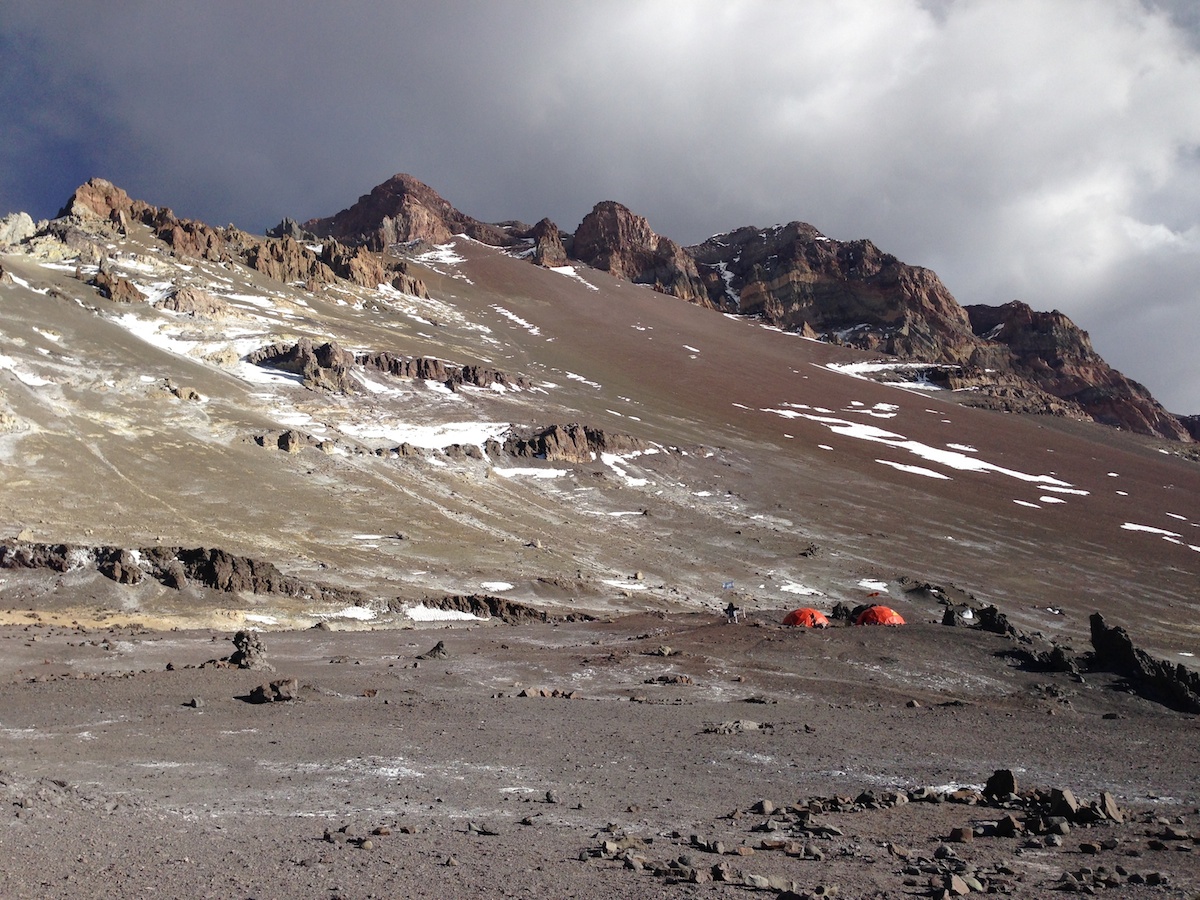
| Height (m) | 6957 |
|---|---|
| Duration | 12 days |
| Difficulty | Moderate |
$1.00
The short Aconcagua ascent program is well suited to alpinists in good physical shape with the experience of climbing above 5500m. If you don’t have a proper mountain experience, we recommend to spend more time and take advantage of Aconcagua ascent classical program.
You may also like…
-
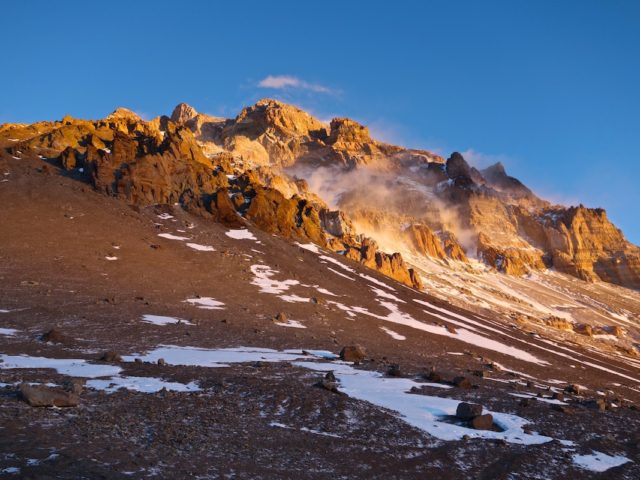
Aconcagua, 17 days
$1.00Height (m) 6957
Duration 17 days
Difficulty Moderate
-
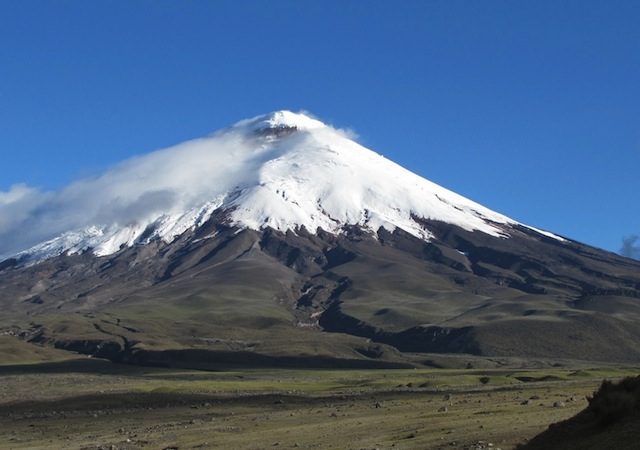
Chimborazo and Cotopaxi
Temporarily unavailable
Height (m) 5897, 6384
Duration 11 days
Difficulty Moderate
-
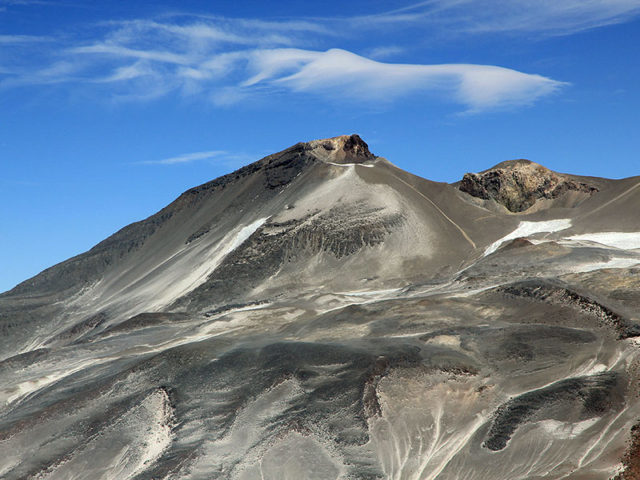
Ojos del Salado
$1.00Height (m) 6893
Duration 17 days
Difficulty Moderate
-
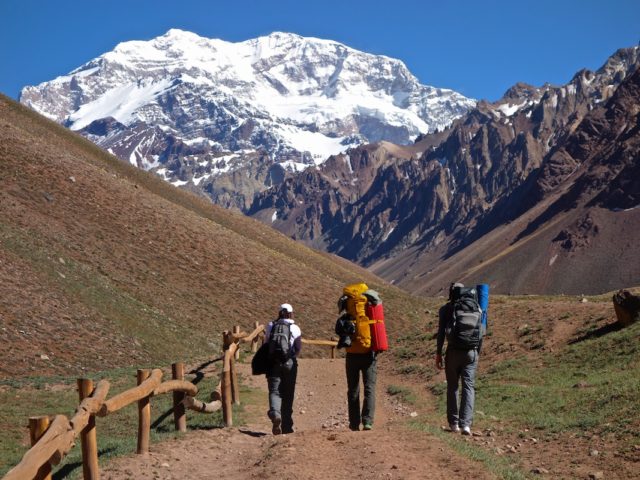
Aconcagua, 7 days
Temporarily unavailable
Height (m) 6957
Duration 7 days
Difficulty Moderate
